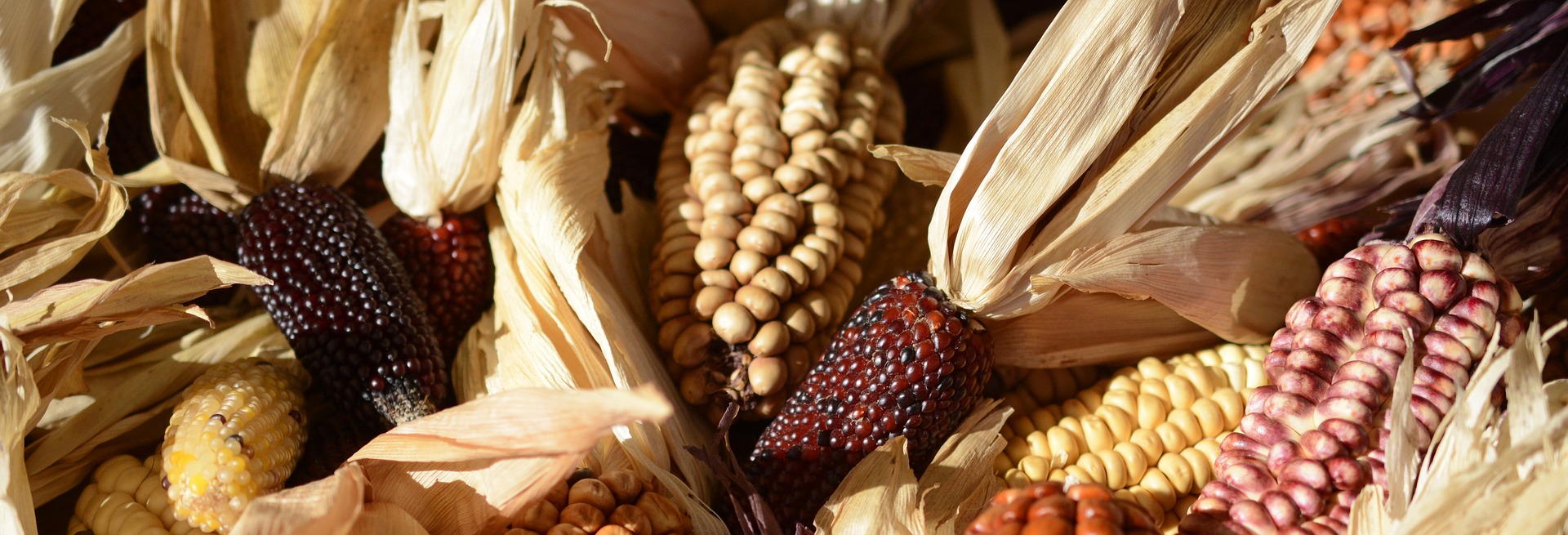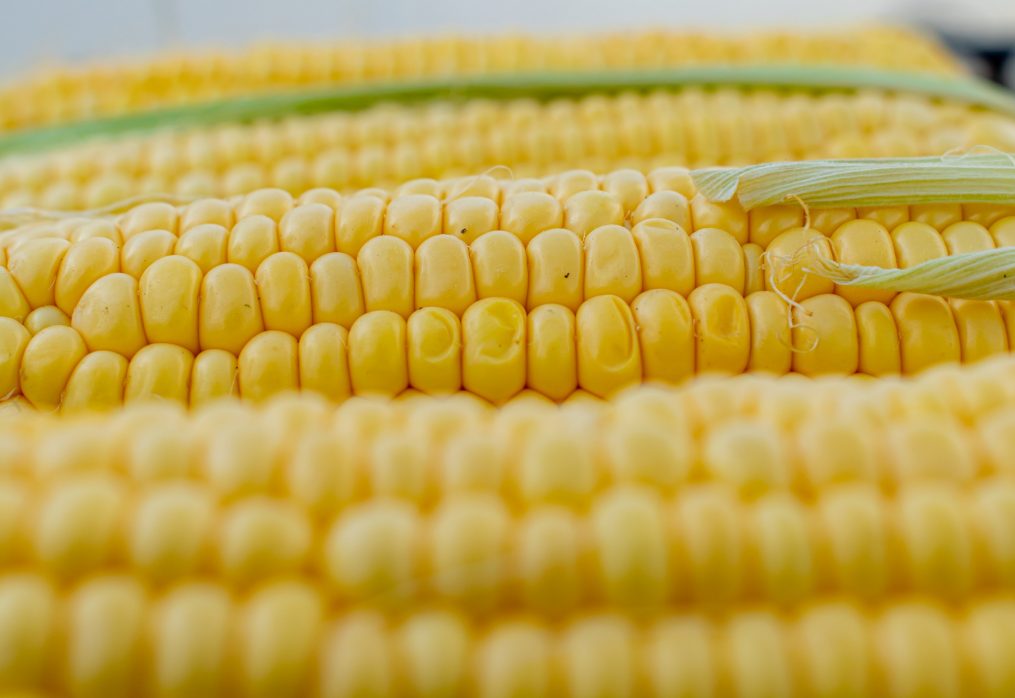Rising world corn prices make exports from India more attractive
What the rise in world corn prices has led to
The rise in world corn prices soared to 2013 levels, turning the entire market upside down. India significantly benefited in this regard, showing record volumes of corn exports. Due to such activity experts changed their assumptions about risk of inflation increase in some Asian states.
According to information from traders in Singapore, Indian farmers signed contracts to supply 400 thousand tons of corn to Sri Lanka, Vietnam, Bangladesh and Malaysia.
The main advantage of products from India is its price, which has made it possible to reduce the cost of feed production for the livestock sector. This was a particularly tangible factor for Asian countries, which are dependent on fluctuating food prices.
As a result of sharp demand for corn from China and lower production in Brazil, crop futures on the Chicago Board of Trade more than doubled. In May, the price reached record highs since 2013 at $7 a bushel.
India significantly increased shipments to Malaysia and Vietnam, and Bangladesh and Sri Lanka increased imports. In addition, traders from Korea are interested in Indian corn. Grain for the Asian region costs about $300 a ton, including freight rates. In comparison, corn from Latin America is offered for $330 per ton.

Analysts have lowered the forecast for Brazil’s second grain harvest. The reason is the drought that swept through the country and caused huge damage to crops. If the assumptions come true, the production volume will be the lowest in the last 5 years.
The U.S. corn crop is also in danger of shrinking, all because of the hot weather and drastic decrease in rainfall. Grain futures are up about 40%, which is understandable given the lack of rain.
India has long been considered a reliable exporter to Asia. However, rising domestic consumption has forced a reduction in supply.
In the first half of 2020, prices for Indian corn exceeded global prices. But then the latter went up sharply, and the attractiveness of products from India increased. In addition, demand from local poultry farmers decreased, caused by an outbreak of coronavirus in the country. Thanks to this, exporters increased the volume of shipments. According to the forecasts, local farmers will reduce corn consumption by about 2 million tons. And exports will grow by 2.6 million tons, and will beat the highs for 7 years.
However, experts suggest that farmers will reduce corn acreage in order to expand production of soybeans and legumes. It is likely that the latter will bring more profits.
